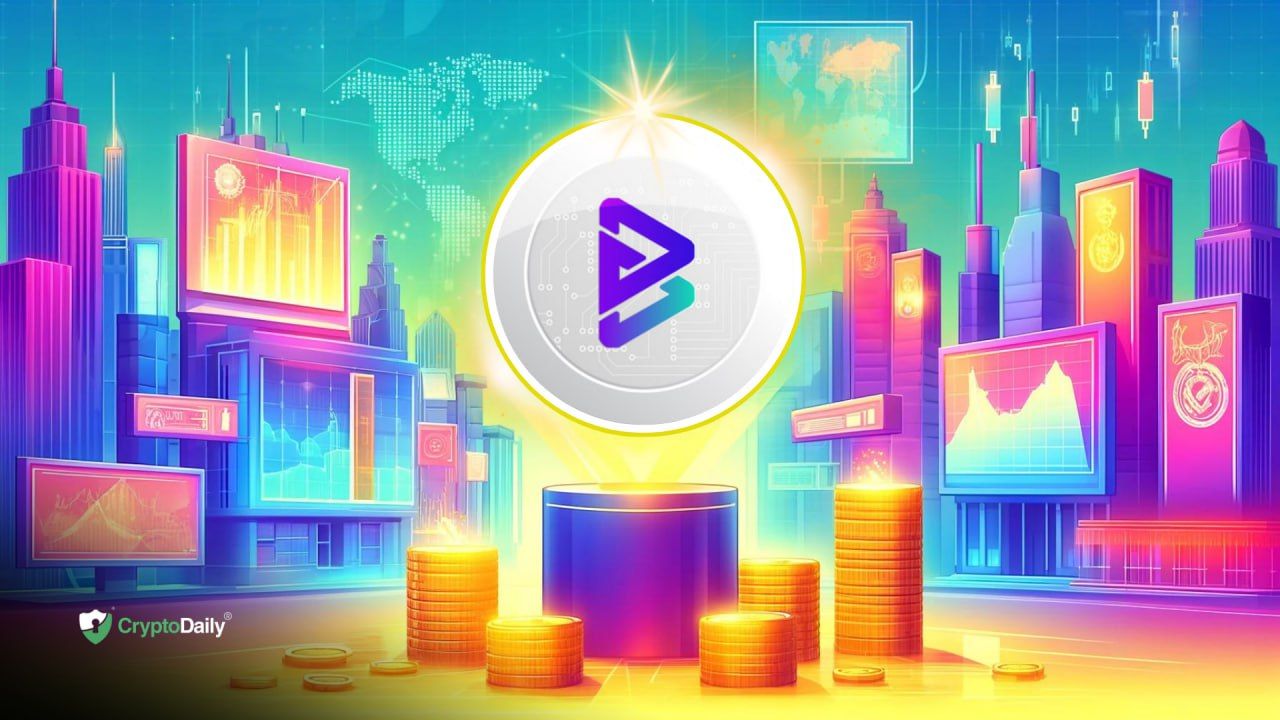Table of Contents
- A different route to interoperability
- The holy grail of Blockchain interoperability
- Here’s what interoperability did for Web 2.0
One of the reasons many of the practical applications of Blockchain technology are yet to gain enough traction for mass-market adoption is that Blockchain infrastructures tend to operate in silos with a singularity mindset. Except for the recent work being done with Atomic Swaps, the direct convertibility of one cryptocurrency for another crypto is a tedious effort.
And beyond cryptocurrencies, the singularity nature of Blockchains is engendering the war of the chains in which developers, users, and other stakeholders are often forced to choose one blockchain over the other.
This “Either/Or” worldview, re-echoes a binary idea that presupposes that the mutual exclusivity of experiences in a zero-sum game, However, it is a worldview that belittles the power of the synergy that can be unlocked through collaboration in positive-sum games.
This piece examines how the folks at LiquidApps are trying to unlock the power of synergy across different blockchains with a new intermediate solution called LiquidLink.
A different route to interoperability
LiquidApps has built a name for itself as a startup working diligently to unlock scalability solutions for EOS. Its new solution, LiquidLink is a direct bridge connecting blockchain networks without any intermediaries. LiquidLink allows developers to connect their dApps to applications, assets, data sets, and actions on other blockchains starting with Ethereum and EOSIO chains.
In the past, a dApp developer contemplating between Ethereum or EOS must properly research each blockchain network in order to fully understand which would be the optimal one to settle on. However, why must dApp developers be forced to choose between different competing Blockchains when building dApps. What if you could leverage the best components of different Blockchain to build a dApp that could potentially work across all blockchains?
LiquidApps dApp infrastructure is powered by dApp Service Providers (DSPs) who are stakeholders that deliver utility, communication, and storage services to facilitate blockchain scalability. With LinquidLink, developers may choose the number of DSPs they want to use: the more DSPs, the better decentralization however the more costs as well. In short, each developer can fine-tune their service level to their specific application.
In addition, LiquidLink unlocks cross-chain communication on dApps by allowing developers to choose the DSP and Service package that meet their needs, input the details of the blockchain endpoints they want, set up multiple endpoints, DSPS, and long-chain verifications, and to finally enable the DSP(s) to retrieve information from the specified data sources as needed by the smart contract.
One of the key benefits of this solution to the development of dApps is that it helps developers to unlock new cost-effective possibilities for their dApp. The solution also makes dApps more versatile because developers can trigger their dApps with events on other blockchains. More so, developers can determine their level of trust or trustlessness that the dApp needs and they could permutate different layers of on-chain verification to increase trust.
In the words of LiquidApps CEO Beni Hakak “the capacity to move value and data seamlessly across blockchains will enable each chain to focus on their core competencies and connect together to form multi-chain applications. These will boost the value of both individual networks and an integrated ecosystem as a whole. The game is on. We can start playing.”
The holy grail of Blockchain interoperability
Many different solutions have been developed (many more are still being developed) to fix the interoperability challenge with Blockchains. Wanchain, Cosmos, and Polkadot are some of well knwon solutions in operation.
Polkadot, powered by the Web3 foundation is an open-source protocol designed to enable cross-blockchain transfer of data types and assets by enabling interoperability across a wide variety of blockchains in the Polkadot infrastructure. However, Polkadot’s weakness relative to LiquidLink is that it uses an intermediate Blockchain component which further complicates matter for developers with array of adapters.
Cosmos is another earlier solution that aims to become an “Internet of Blockchains” by serving as a platform for building modular framework for building interoperable, application-specific blockchains. Cosmos’s solution has a drawback in the fact that its infrastructure is made of different independent blockchains that it calls “Zones”, which are then attached to a central blockchain called “Cosmos Hub”.
Here’s what interoperability did for Web 2.0
“Build once, deploy twice” that’s the rallying cry of cross-platform mobile app development – a holy grail of sorts since Adobe Flash made it easy to run scripts on any web browser on any OS, and even on the early versions of Android.
In the last 5 years, cross platform mobile app development has made a compelling case for building the codebase for apps once and then deploying the code on any OS instead of building natively for different operating systems.
Xamarin, now owned by Microsoft, React Native launched by Facebook in 2015, and Flutter which was released by Google in 2017 and some other tools are promoting a paradigm shift in how developers think about mobile app development.
Cross-platform development saves time and resources in getting the apps ready for launch, it practically halves the maintenance and development costs, and it helps developers use familiar tools for new or unfamiliar environments.
Of course, it might be somewhat reckless to equate cross-platform Web 2.0 mobile app development with interoperability on the Blockchain or cross-chain transactions. Nonetheless, LiquidLink’s solution to facilitate Ethereum and EOS interoperability is a step in the right direction to break down the silos in Blockchain community to unlock network effects for rapid scalability.
Investment Disclaimer








